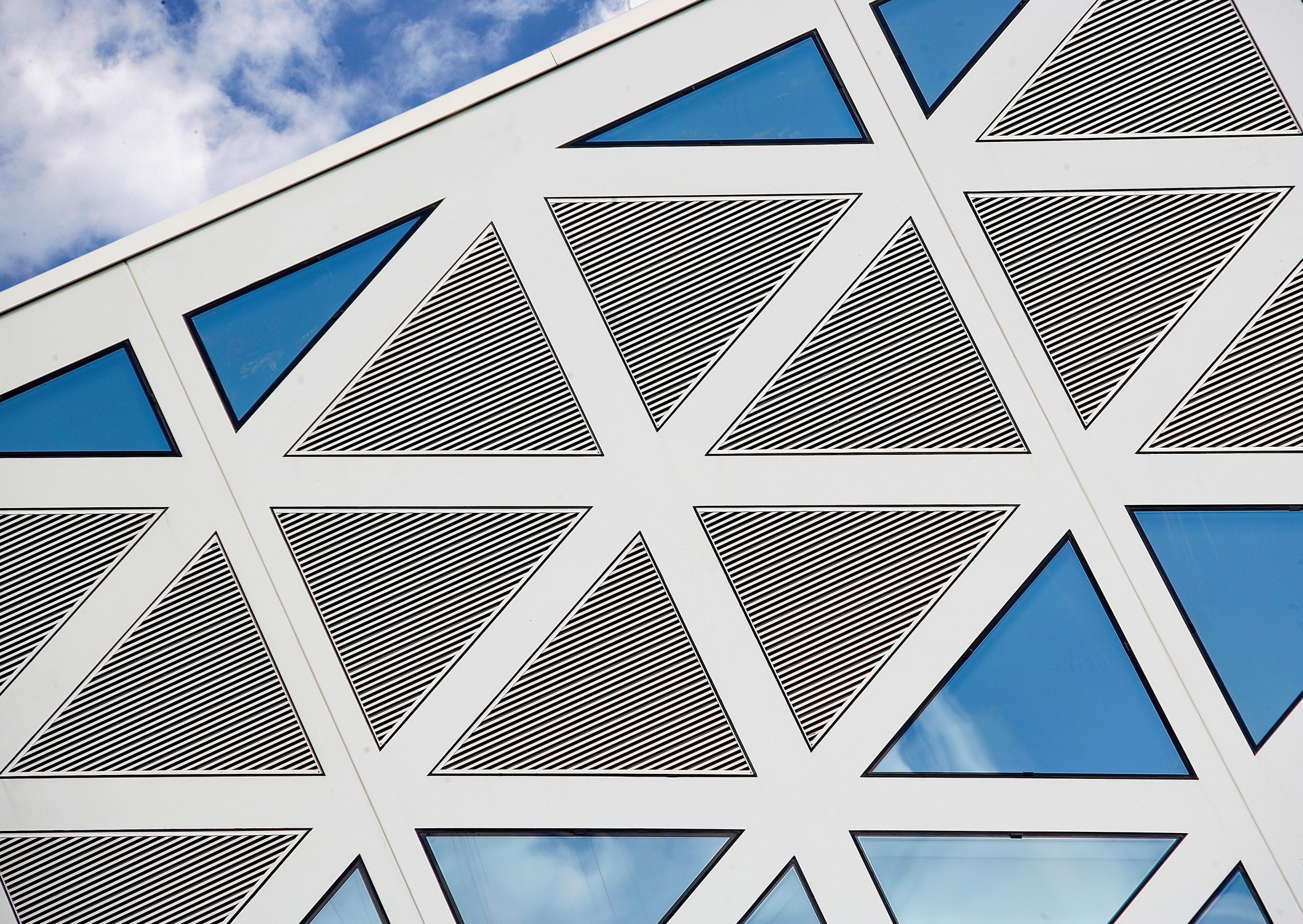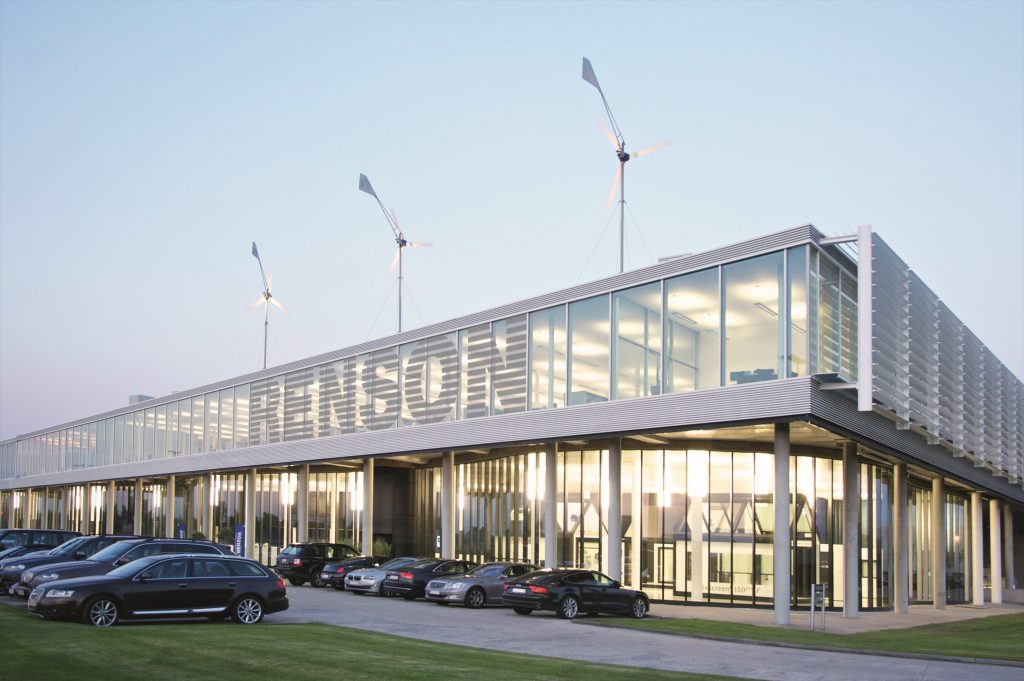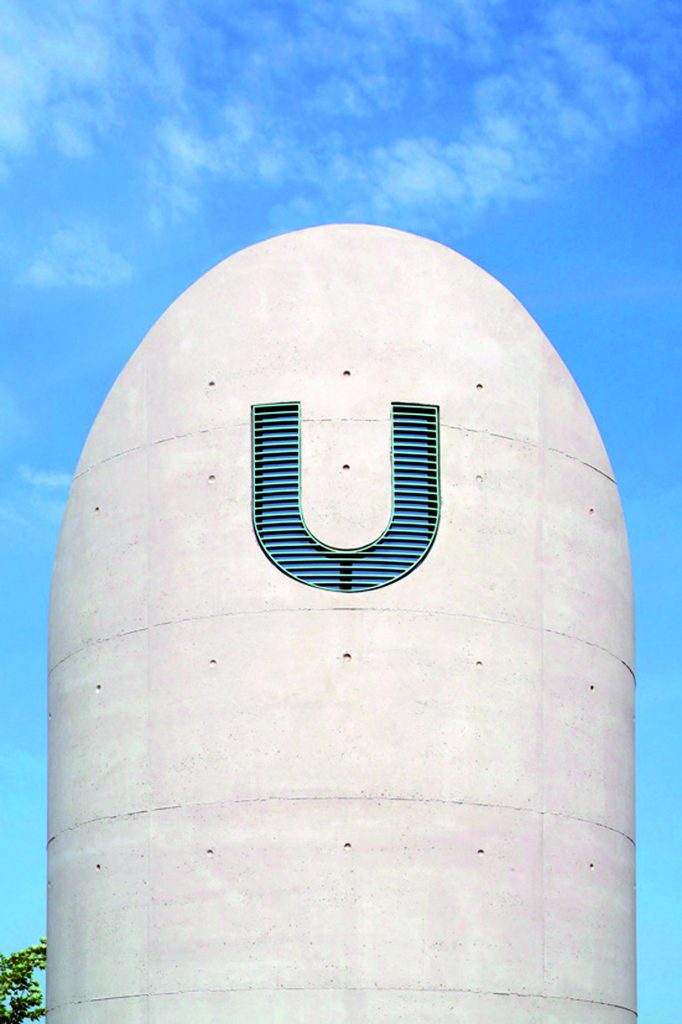

Renson is upgrading the first louvre it ever produced to mark the product’s 50th anniversary.
The Belgian family business first launched the 411 ventilation louvre half a century ago, and describes the move as “revolutionising the field of natural ventilation” in the 1970s. Comprising L.033.01 blades, the 411 was the first ventilation louvre in which the blades were clipped in rather than welded or affixed with rivets.
To mark the five decade milestone, the shutter’s L.033 blades (also used in the 414 and 431 louvres and bladed walls that followed later) will be upgraded.
“These louvres can now boast a free airflow of 50% rather than 45% and an air permeability upgrade from class 4 to class 3. This has no impact on the method of installation and the other components of the louvres, but it does create a ventilation louvre that can meet the requirements of the year 2020 even better.”

Renson’s status in the field of ventilation louvres is due to the wide scope of applications for this product range, a statement from the company said. “Our range includes not only wall louvres, but also surface-mounted, window, door, and floor louvres. And they’re all available in every possible size, shape, and colour.”
“As most ventilation louvres also remain visible in the shell of a building, Renson pays a great deal of attention to their aesthetic aspect: impeccable coatings, no visibility when looking perpendicular to the louvre, no water damage due to good drainage, and a completely rust-free and durable finishing in aluminium contribute to the foundation of its success.”
“Renson ventilation louvres also stand out on a technical level. To this day, the combination of air permeability and water resistance is continually being optimised for the entire range. This result is an extensive range of louvres that can meet a wealth of technical requirements: from acoustic attenuation, burglary prevention, water resistance, and fall-through safety to fire resistance, thermal sealing, and specific filter properties. This is all owing to the continued investment in research and development and the objective testing programmes carried out by independent institutes on each of these types of ventilation louvres.”
